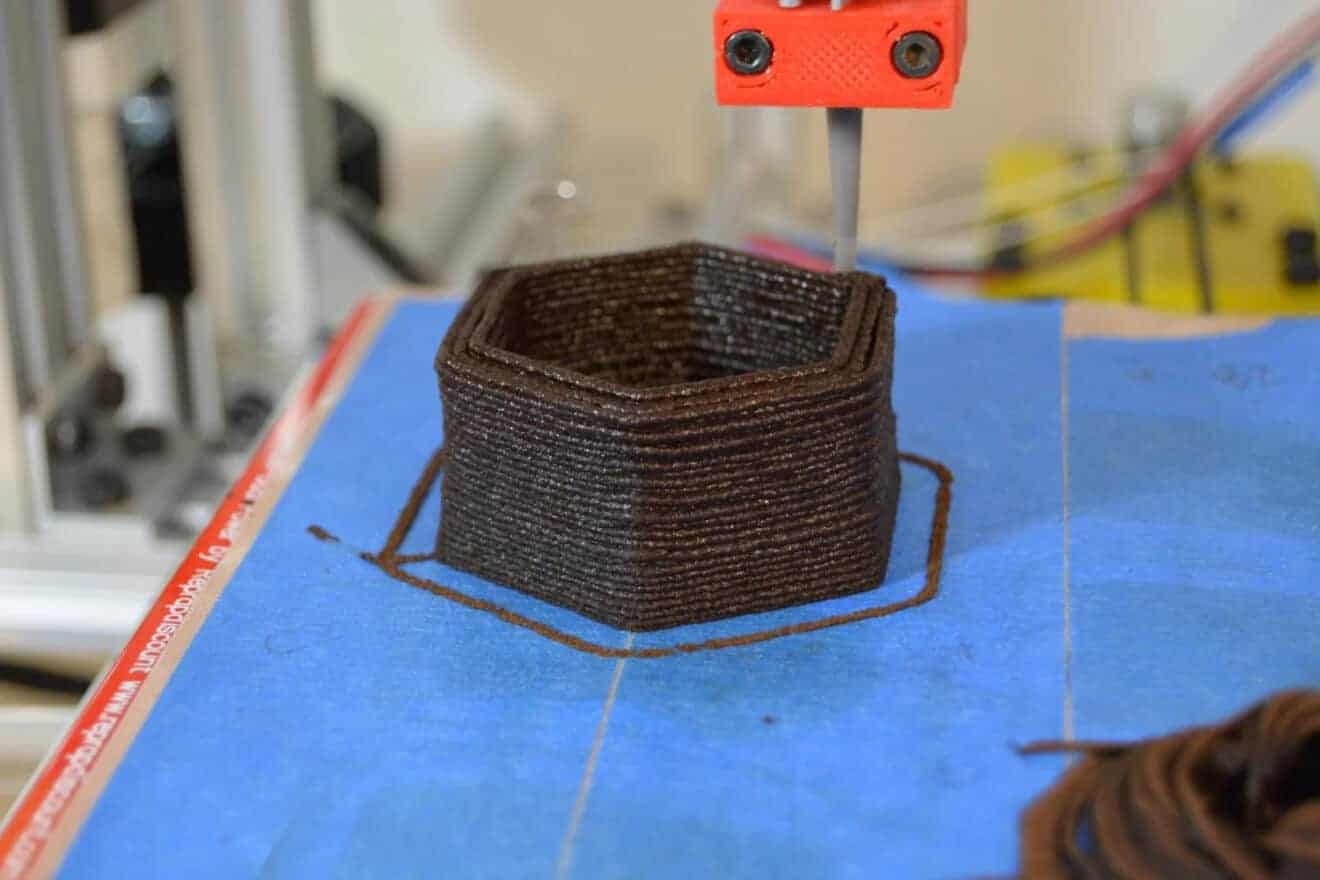In a novel initiative led by Michael Rivera, an Assistant Professor at the ATLAS Institute and the Department of Computer Science at the University of Colorado Boulder, researchers are working on leveraging coffee grounds to reduce waste in 3D printing. Rivera and his team have devised a method for 3D printing various objects using a paste comprising recycled coffee grounds, water, and other sustainable components.
The project is perceived as an initial step towards the exploration of alternative eco-friendly 3D printing materials, which could potentially replace conventional plastics. Rivera expounded that the majority of consumer 3D printers in today’s market utilize thermoplastics, with polylactic acid (PLA) being the most prevalent. While PLA is theoretically compostable, only a limited number of composting facilities accept it.
“If you throw it in a landfill, which is where the majority of PLA ends up, it will take up to 1,000 years to decompose,” said Rivera, who has published a paper called Designing a Sustainable Material for 3D Printing with Spent Coffee Grounds.

The team has already conducted experiments in crafting jewelry, planters, and even espresso cups using coffee grounds.
As indicated by the research team, the method is remarkably straightforward, to the extent that with minor adjustments, it can be applied to the majority of affordable consumer-grade 3D printers.”Our vision is that you can just buy a few things at the supermarket or online and get started,” Rivera says.
Simple method
Rivera and his colleagues blend dried coffee grounds with two readily available powders: cellulose gum and xanthan gum, both common food additives that readily decompose in a compost environment, before mixing with water.

This process offers potential for transforming coffee grounds into useful objects. For instance, Rivera has fashioned small planters from coffee grounds suitable for nurturing seedlings of acid-loving plants like tomatoes. Once the plants reach sufficient size, they can be transplanted into the ground, pot and all. Additionally, by introducing activated carbon to coffee grounds, the team can produce components capable of conducting electricity, such as sustainable electronic buttons.
Rivera acknowledges that widespread adoption of printing with coffee grounds may not materialize. Instead, he regards the project as a stepping stone toward the exploration of alternative sustainable 3D printing materials with the potential to supplant plastics in the future.
“We’ve made objects that can withstand a lot,” Rivera adds. “We’ve dropped them and they haven’t broken yet.”
More information at www.colorado.edu





